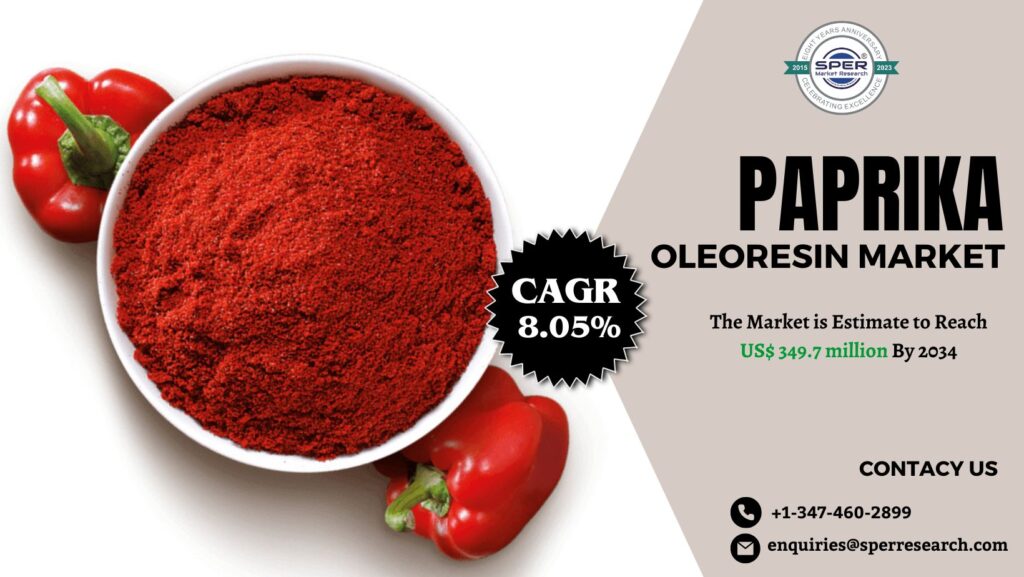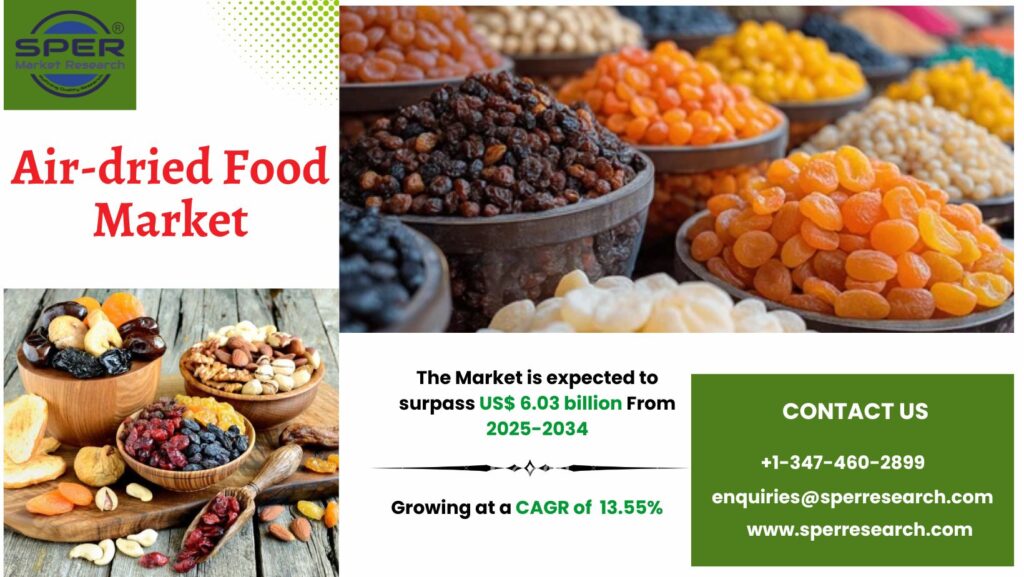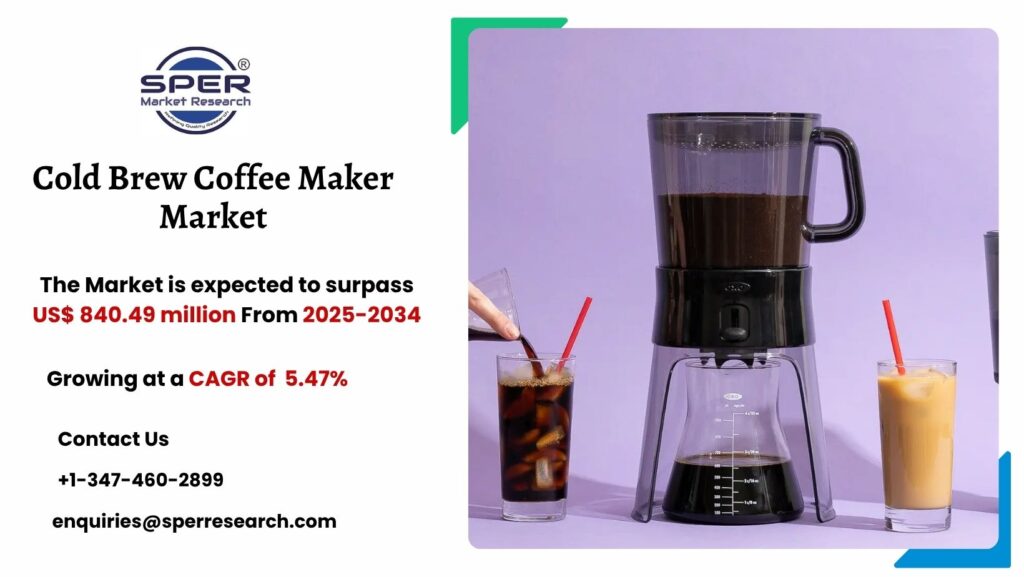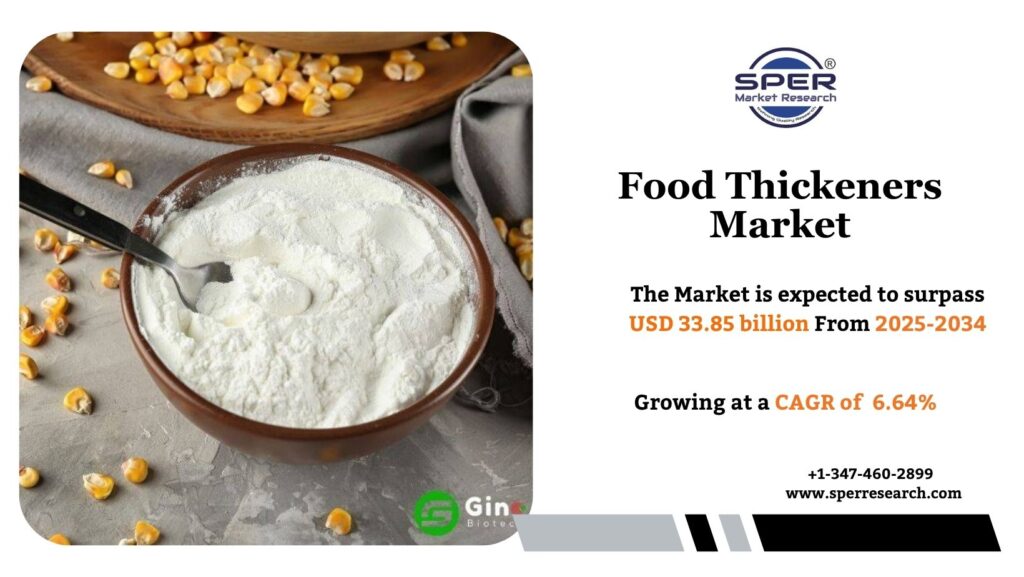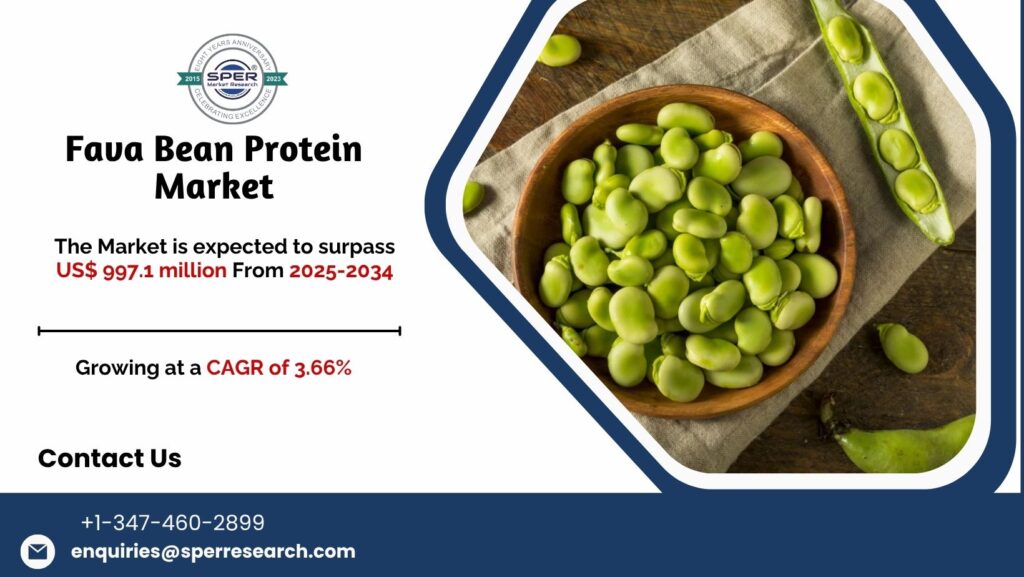Sesame Seeds are small, oil-rich seeds derived from the Sesamum indicum plant, one of the oldest cultivated crops known for its nutritional and economic value. These seeds are widely used in culinary, cosmetic, and industrial applications due to their rich content of healthy fats, protein, fiber, and essential minerals like calcium and iron. Available in white, black, and brown varieties, sesame seeds are used for oil extraction and as ingredients in bakery, confectionery, and savory dishes. They possess natural antioxidants, including sesamin and sesamol, which promote heart health and support overall wellness. In addition to their nutritional benefits, sesame seeds are valued for their flavour, versatility, and contribution to plant-based diets, making them an important agricultural commodity.
According to SPER Market Research, ‘Europe Sesame Seed Market Size- By Source, By Application, By Color- Regional Outlook, Competitive Strategies and Segment Forecast to 2033’ states that the Europe Sesame Seed Market is estimated to reach USD 0.96 billion by 2033 with a CAGR of 5.24%.
Drivers:
The Europe Sesame Seed Market is driven by the growing consumer preference for healthy, plant-based, and natural food products. Sesame seeds are rich in protein, fiber, and essential nutrients, making them popular in vegan, vegetarian, and functional food applications. Increasing awareness about the health benefits of sesame, including improved heart health and antioxidant properties, further boosts demand. The expanding use of sesame in bakery, confectionery, and ready-to-eat products also supports the market growth. Additionally, the rising trend of ethnic and Middle Eastern cuisines across Europe is encouraging higher consumption. The shift toward clean-label and organic ingredients, coupled with growing demand from the food service and cosmetic industries, continues to propel the European sesame seed market forward.
Download Free Sample Detailed Report – https://www.sperresearch.com/report-store/europe-sesame-seed-market.aspx?sample=1
Restraints:
The Europe Sesame Seed Market faces restraints due to price volatility and inconsistent supply caused by fluctuations in global sesame production. Dependence on imports makes the market vulnerable to trade disruptions, weather uncertainties, and geopolitical issues. Additionally, the stringent food safety and quality regulations in Europe increase compliance costs for suppliers and processors. The risk of contamination, which includes pesticide residues or allergen concerns, can hinder market acceptance. Limited domestic cultivation due to unsuitable climatic conditions and competition from alternative seeds like chia, flax, and sunflower also restrict market expansion. Moreover, rising production and transportation costs impact profit margins, while variations in consumer awareness across regions create challenges in achieving uniform market growth across Europe.
Germany dominates the Europe Sesame Seed Market due to its high consumption of bakery and health-focused food products, along with strong import and processing capacities. Some leading market players are Archer Daniels Midland Company, Bunge Ltd., Dipasa Europe B.V., Olam International Ltd., Satake Europe Ltd. And Others.
For More Information, refer to below link: –
Europe Sesame Seed Market Size
Related Reports:
Global Crystal Oscillator Market
Global Video as a Sensor Market
Follow Us –
LinkedIn | Instagram | Facebook | Twitter
Contact Us:
Sara Lopes, Business Consultant — USA
SPER Market Research
enquiries@sperresearch.com
+1–347–460–2899

